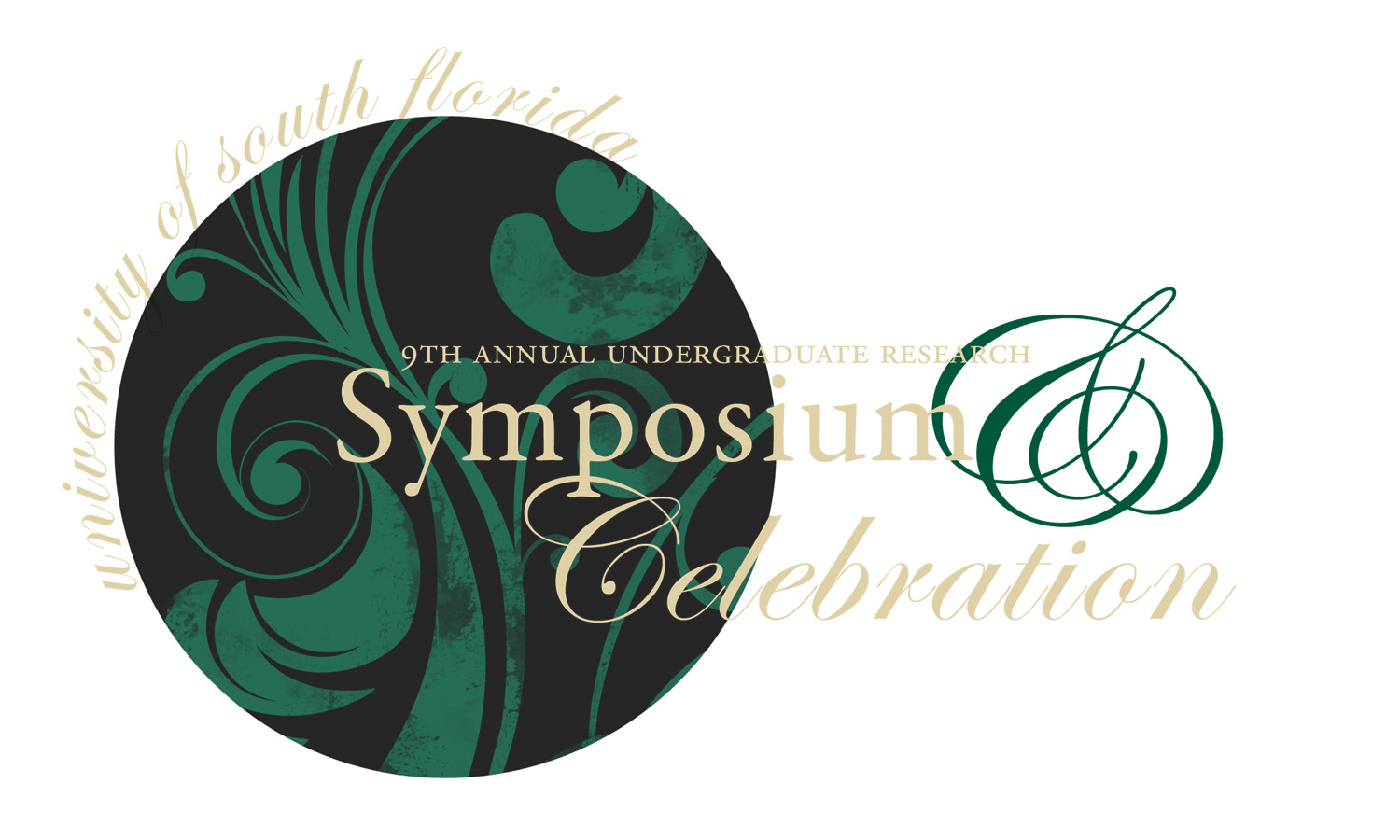Presentation Type
Poster
Johan Nieuhof: Travelogue and Early Modern Consumer
Abstract
In recent years, scholars have increasingly scrutinized early modern European travelogues for their value as historical sources of both global and non-Western histories. My thesis evaluates one of these sources that originated with the notes of Johan Nieuhof, a Dutch East India Company purser who accompanied an embassy to China between 1655 and 1657, that by the work of an enterprising Amsterdam printer named van Meurs became a consumer good with a modest circulation among Europe’s contemporary urban centers.
Beyond the unique information and set of original sketches whose substantive content remained undoctored in the transformation from notes to travelogue, the printer’s efforts also led to new levels of success in a commercial activity that previously reached a far smaller audience. Through his successful reformatting and sale of exotic information about a mythical empire on the other side of the world, van Meurs’ successfully tapped the new demand among a literate Dutch middle class with the disposable income necessary indulge in conspicuous consumption. More importantly, I argue that the information assembled together into a book represents both the ability and the need to reaffirm collective beliefs within early modern Dutch society about a cultural other.
Categories
Humanities
Research Type
Thesis
Mentor Information
Dr. Kees Boterbloem
Johan Nieuhof: Travelogue and Early Modern Consumer
In recent years, scholars have increasingly scrutinized early modern European travelogues for their value as historical sources of both global and non-Western histories. My thesis evaluates one of these sources that originated with the notes of Johan Nieuhof, a Dutch East India Company purser who accompanied an embassy to China between 1655 and 1657, that by the work of an enterprising Amsterdam printer named van Meurs became a consumer good with a modest circulation among Europe’s contemporary urban centers.
Beyond the unique information and set of original sketches whose substantive content remained undoctored in the transformation from notes to travelogue, the printer’s efforts also led to new levels of success in a commercial activity that previously reached a far smaller audience. Through his successful reformatting and sale of exotic information about a mythical empire on the other side of the world, van Meurs’ successfully tapped the new demand among a literate Dutch middle class with the disposable income necessary indulge in conspicuous consumption. More importantly, I argue that the information assembled together into a book represents both the ability and the need to reaffirm collective beliefs within early modern Dutch society about a cultural other.

